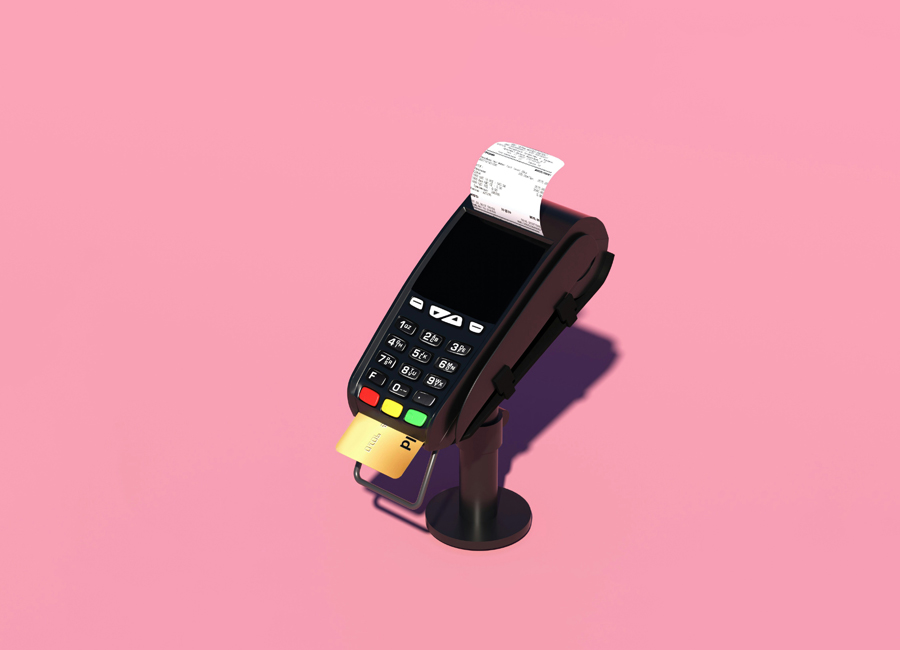
From controlling at a renowned state bank to an internationally operating SME and into management consulting: Jonas Keppler has already sat on many chairs. What all stages have in common: his passion for numbers. How can CFOs and controllers be convinced to adopt AI? And with which guiding questions does he inspire medium-sized companies to think big? A conversation with Jonas Keppler – about numbers, impact, and perspective.

The European Commission wants to ensure greater fairness with a regulation to combat late payment in commercial transactions. It also wants to increase the competitiveness and resilience of SMEs. That sounds good, but it also has its downsides, according to Marc Fahrig and Ralf Ehret. The experts explain what companies should prepare for now.

During a corporate crisis, many things change, including the relationship between the company and its financiers. Internal regulatory requirements lead to changes vis-à-vis lenders' engagement strategies and new contacts. Communication requirements also increase in many respects. Those who fail to recognise this risk a communicative downward spiral and thus potential existential consequences. Why is correct crisis communication so crucial for a successful restructuring? And how does it work exactly?

It's not technically that far yet, but it shouldn't be long before Germany is "officially" in a recession. According to many economists, the country is facing a major wave of bankruptcies. Young, innovative companies in particular are acutely threatened by a lack of reserves, high energy prices and the slump in demand. But does this forecast stand up to closer scrutiny?

Raw materials, labor, energy, transportation: everything is becoming ever more expensive. But that's not all: the rising costs of important input factors are endangering the profitability of companies. With our interactive inflation calculator, you can quickly find out just how much price increases are impacting your company's earnings and how price increases to your own customers can provide relief.

In the wake of the Corona restrictions, many companies have had to contend with falling sales while costs remained the same. As a result, their liquidity began to dry up and some even faced insolvency. At the latest in such a situation, liquidity planning is recommended. But there are many stumbling blocks.
.jpeg)
Integrated financial planning is indispensable for companies, says Jendrik Voss. It brings together all of a company's planning components and thus links the income statement, the balance sheet and the cash flow statement.

Many entrepreneurs and managers associate high expectations with an acquisition. However, according to practical experience, these are often not fulfilled. What are the main reasons for this? Are there typical sources of error? How can entrepreneurs uncover them and achieve a sustainable integration process? Florian Tretau, director at enomyc, reports on the decision-supporting instruments of M&A analysis and due diligence.







.jpeg)
